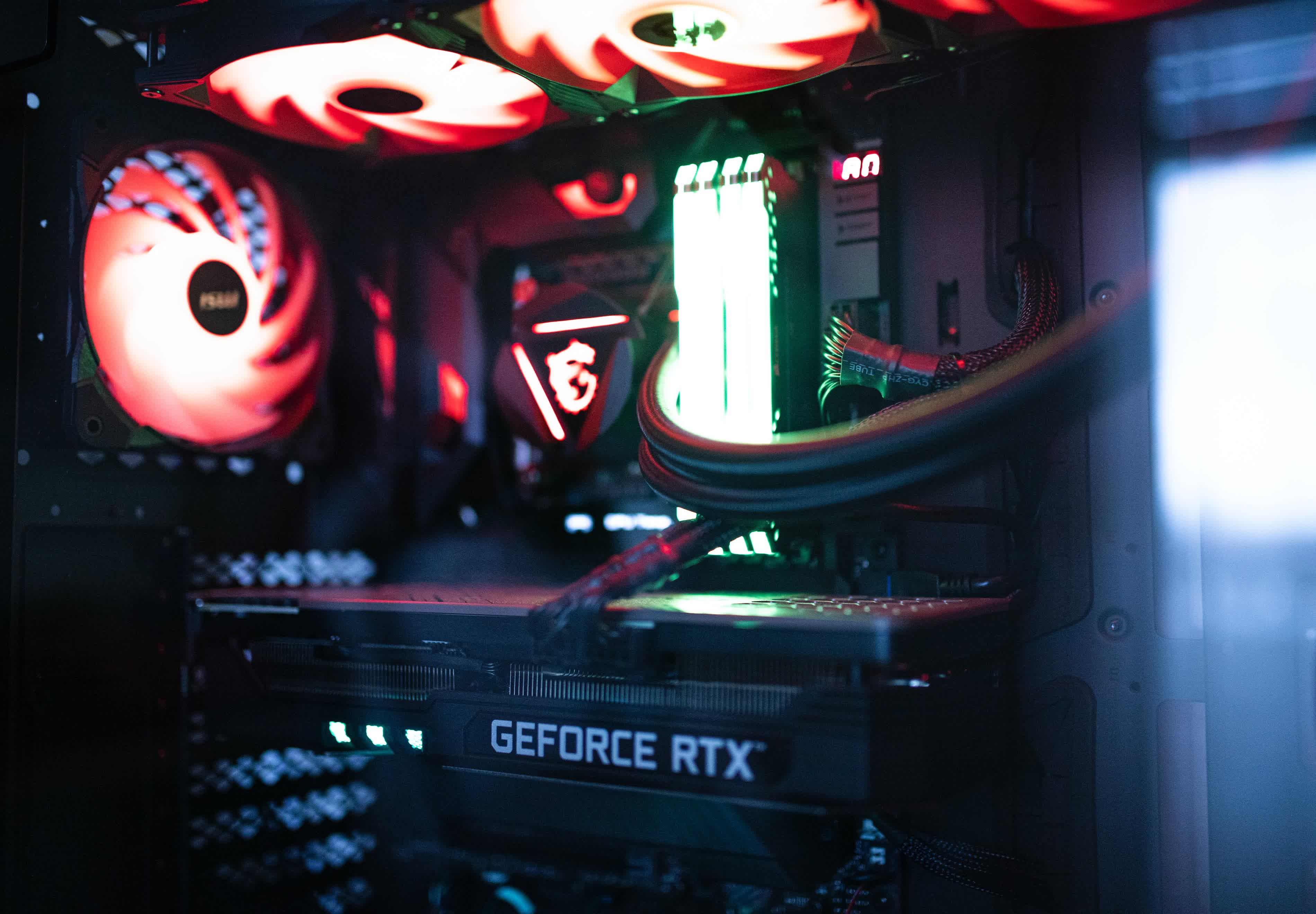Rumor mill: Intel's Arc A-series GPUs are expected to be energy-efficient designs, but AMD and Nvidia's next-gen dreams could be headed in the opposite direction to squeeze the most out of their upcoming GPU architectures. There are some fears that we're about to see four-slot graphics cards in the enthusiast segment, but this could be the price that needs to be paid to unlock up to 100 teraflops of single-precision performance for the first time in consumer GPUs.
The rumor mill is replete with hints that the next generation of GPUs from AMD and Nvidia are going to be power-hungry and offer a huge leap in performance over the current crop. Some Nvidia offerings might even require 900 watts in certain workloads, and AMD is expected to once again divide their graphics silicon into chiplets.
There's a lot we still don't know about these upcoming GPUs, but industry watchers have been doing some diligent digging that surfaced a few interesting new details. For instance, popular leaker and Twitter dweller Greymon55 says they've found evidence of an upcoming AMD RDNA 3 GPU that will offer as much as 92 teraflops of FP32 compute performance.

For reference, that's four times the performance of the Navi 21 GPU at the heart of the RX 6900 XT and RX 6950 XT graphics cards, and also higher than a previously leaked figure of 75 teraflops. At this point, it's not clear how AMD might achieve this, but it could be higher GPU clocks (in the neighborhood of 3,000 MHz), the use of special instructions to accelerate FP32 data processing similar to Nvidia's Ampere, or a combination of both.
Team Green might also be working on a monster GPU, at least according to Twitter leaker Kopite7kimi. The full-fat AD102 die could pack enough compute power to more than double the FP32 performance afforded by the RTX 3090 Ti and almost triple that of the RTX 3090.
As usual, take these rumors with a healthy dose of salt. If true, however, we could soon witness a teraflop war between Nvidia and AMD while Intel is warming up with its Arc Alchemist GPUs. It certainly makes sense to expect a significant generational leap in performance if the power requirements are truly north of 450 watts.
Masthead credit: Caspar Camille Rubin
